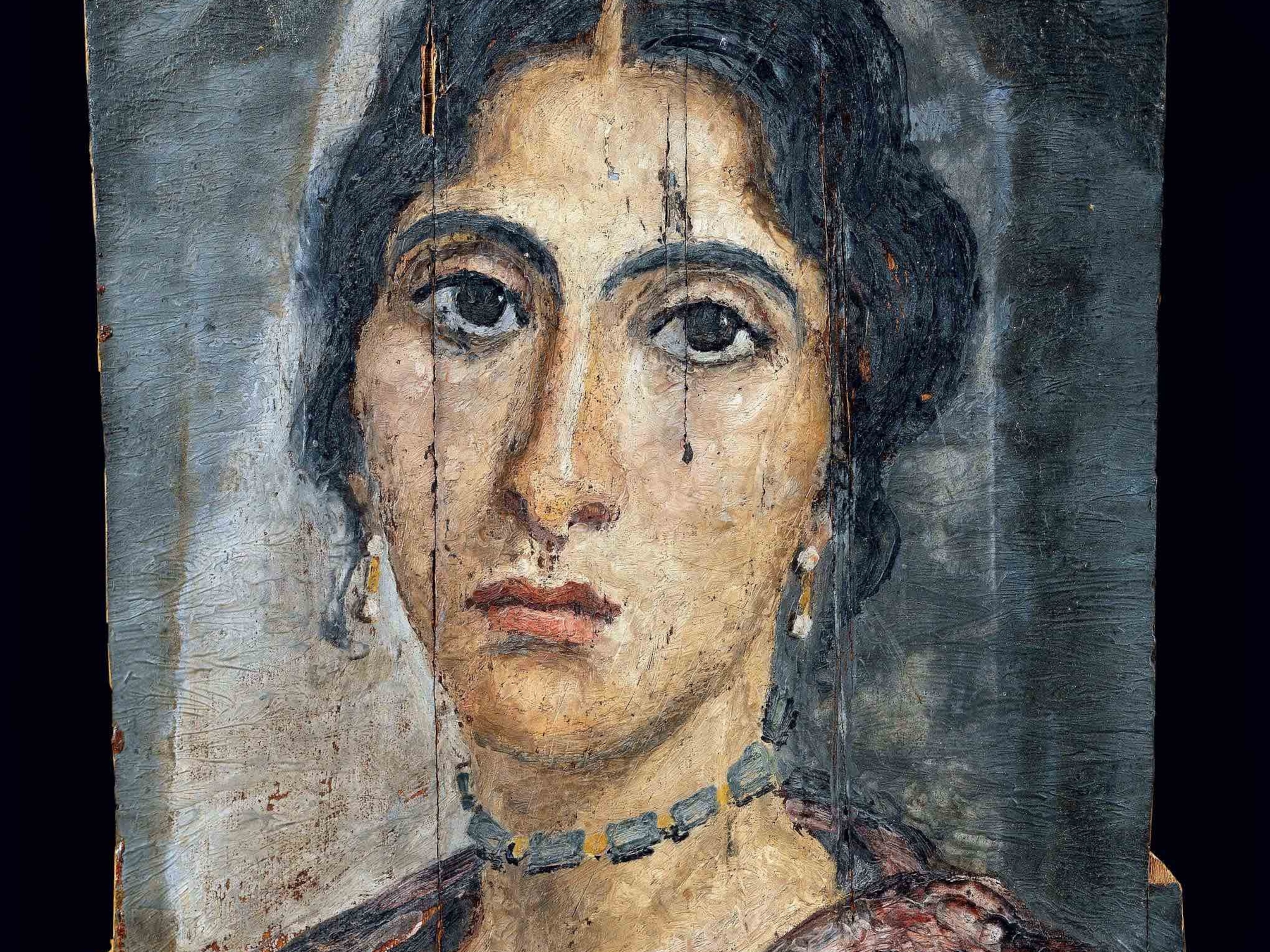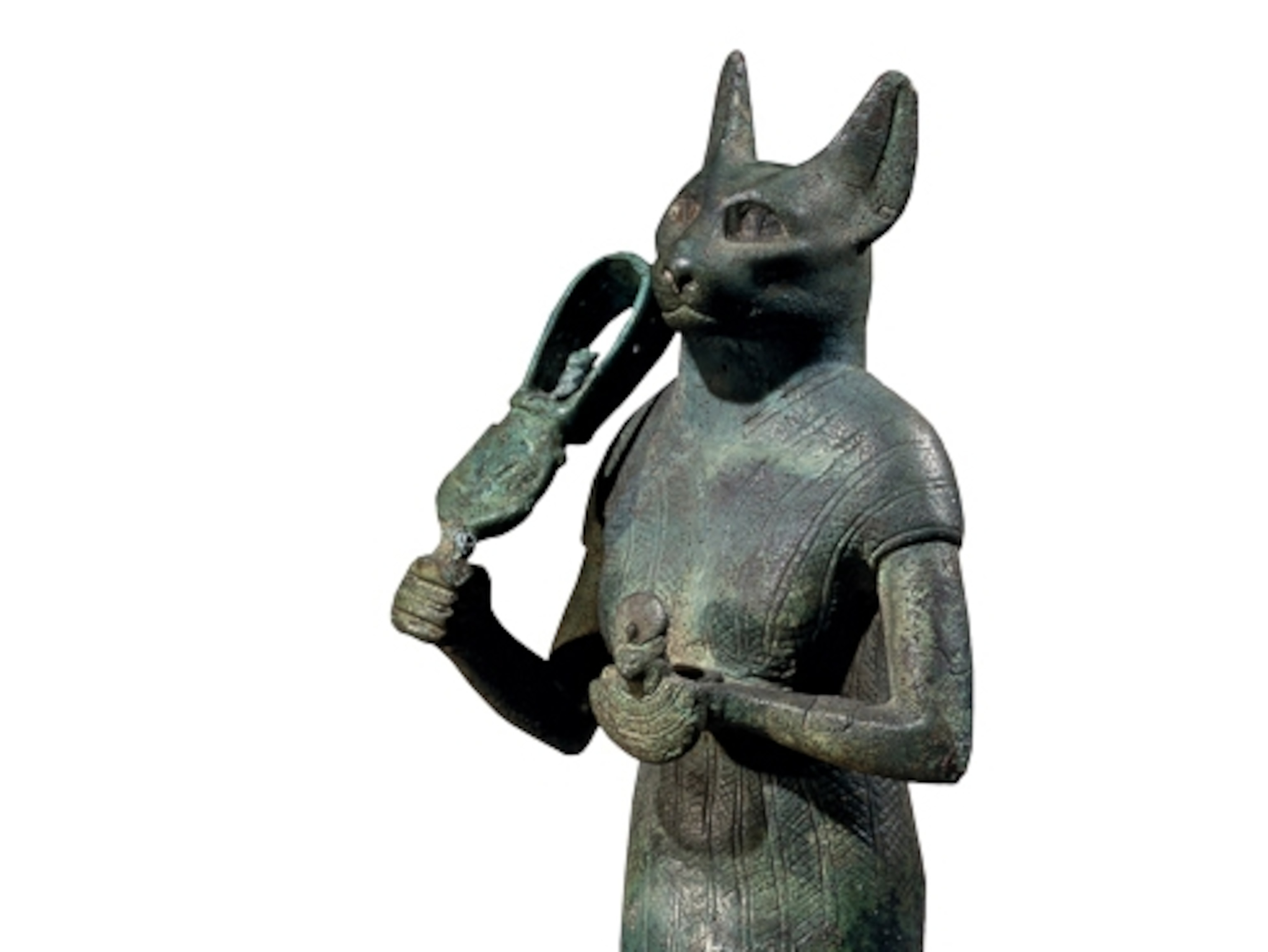
Clues Point to Occupant of Ancient 'Mystery' Sarcophagus
A sealed black stone coffin discovered in Egypt has sparked the imagination of the Internet. But who's the likely—or unlikely—owner?
Two weeks since its discovery, the sealed black granite sarcophagus uncovered at an Egyptian construction site—a find that has captured the attention of the Internet and sparked countless mummy jokes about the curse it may unleash—has yet to be opened.
Officials at Egypt's Ministry of Antiquities are reportedly exasperated from fielding countless global press inquiries regarding when and how the stone coffin will be unsealed, and so far they’ve refused, understandably, to speculate who its long-dead occupant may be.
But to narrow down the possibilities, local archaeologists, who are not being named since they are not authorized to speak to National Geographic on behalf of the ministry, share their ideas about whom the sarcophagus likely does not belong to.










The July 1 account of the discovery in Egypt's state-run newspaper, Al Ahram, was straightforward enough: A large stone sarcophagus—still sealed—was uncovered during a construction survey in the city of Alexandria on Egypt's Mediterranean coast. A worn alabaster head of a man, possibly the coffin's occupant, was found nearby, and the burial site was believed to date from the Ptolemaic period (ca. 323-30 B.C.).
The nearly nine-foot-long, five-foot-wide sarcophagus is the largest ancient coffin yet discovered in the city, according to an official statement. This has prompted speculation that it may be the resting place of a powerful or wealthy person—perhaps even that of Alexander the Great, who founded his namesake city in 331 B.C.
While some historical accounts claim that the great Macedonian conqueror was ultimately buried in Alexandria following his death in 323 B.C., his tomb has never been found.
Two archaeologists who work in Alexandria and have knowledge of the discovery spoke independently to National Geographic. They both suspect that the sarcophagus itself may date to an earlier pharaonic dynasty in Egypt's long history, due in part to its unusually large proportions.
One of the two archaeologists believes that, since Alexandria wasn't even founded until the fourth century B.C., the massive sarcophagus may have been brought to the city empty, from an earlier, dynastic-period site down the Nile—such as Memphis—and then re-used to bury someone in later years.
The other archaeologist believes that the burial itself may also actually date to the Roman period, which follows the Ptolemaic period, based on its "high" elevation (the sarcophagus was uncovered just 15 feet below the modern street surface). This archaeologist also points out that the site of the burial is outside the boundaries of ancient Alexandria, making it highly unlikely that an ancient Egyptian royal would have been buried there.
What is known for sure is that if and when the sarcophagus is finally opened, it will be an engineering feat: The granite coffin is estimated to weigh some 30 tons.
In an interview with Egypt Today, Waad Abul-Ela, head of the projects sector at the Ministry of Antiquities, offered two potential methods to extract the find: One, to surround the sarcophagus with protective fill dirt and then lift the entire mass out of the pit via bulldozer; or two, to open the coffin in place and then remove the lid and base separately via a hoist.
No word yet on whether the spectacle will be livestreamed to the delight—and horror—of the Twitterverse.
Related Topics
You May Also Like
Go Further
Animals
- How can we protect grizzlies from their biggest threat—trains?How can we protect grizzlies from their biggest threat—trains?
- This ‘saber-toothed’ salmon wasn’t quite what we thoughtThis ‘saber-toothed’ salmon wasn’t quite what we thought
- Why this rhino-zebra friendship makes perfect senseWhy this rhino-zebra friendship makes perfect sense
- When did bioluminescence evolve? It’s older than we thought.When did bioluminescence evolve? It’s older than we thought.
- Soy, skim … spider. Are any of these technically milk?Soy, skim … spider. Are any of these technically milk?
Environment
- Are the Great Lakes the key to solving America’s emissions conundrum?Are the Great Lakes the key to solving America’s emissions conundrum?
- The world’s historic sites face climate change. Can Petra lead the way?The world’s historic sites face climate change. Can Petra lead the way?
- This pristine piece of the Amazon shows nature’s resilienceThis pristine piece of the Amazon shows nature’s resilience
- Listen to 30 years of climate change transformed into haunting musicListen to 30 years of climate change transformed into haunting music
History & Culture
- Meet the original members of the tortured poets departmentMeet the original members of the tortured poets department
- Séances at the White House? Why these first ladies turned to the occultSéances at the White House? Why these first ladies turned to the occult
- Gambling is everywhere now. When is that a problem?Gambling is everywhere now. When is that a problem?
- Beauty is pain—at least it was in 17th-century SpainBeauty is pain—at least it was in 17th-century Spain
Science
- Here's how astronomers found one of the rarest phenomenons in spaceHere's how astronomers found one of the rarest phenomenons in space
- Not an extrovert or introvert? There’s a word for that.Not an extrovert or introvert? There’s a word for that.
- NASA has a plan to clean up space junk—but is going green enough?NASA has a plan to clean up space junk—but is going green enough?
- Soy, skim … spider. Are any of these technically milk?Soy, skim … spider. Are any of these technically milk?
Travel
- Could Mexico's Chepe Express be the ultimate slow rail adventure?Could Mexico's Chepe Express be the ultimate slow rail adventure?
- What it's like to hike the Camino del Mayab in MexicoWhat it's like to hike the Camino del Mayab in Mexico




